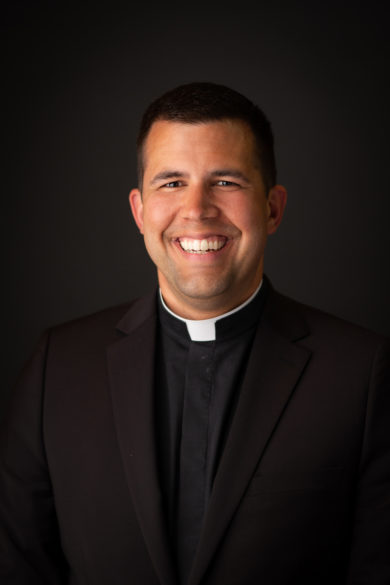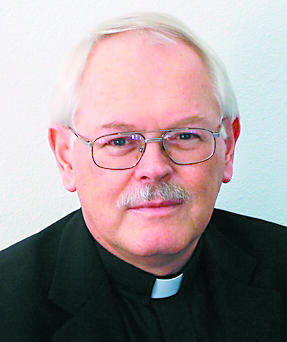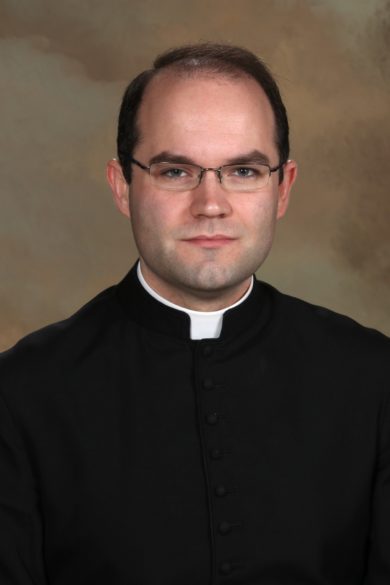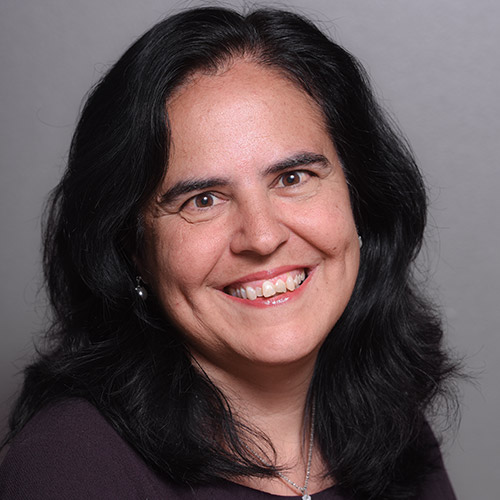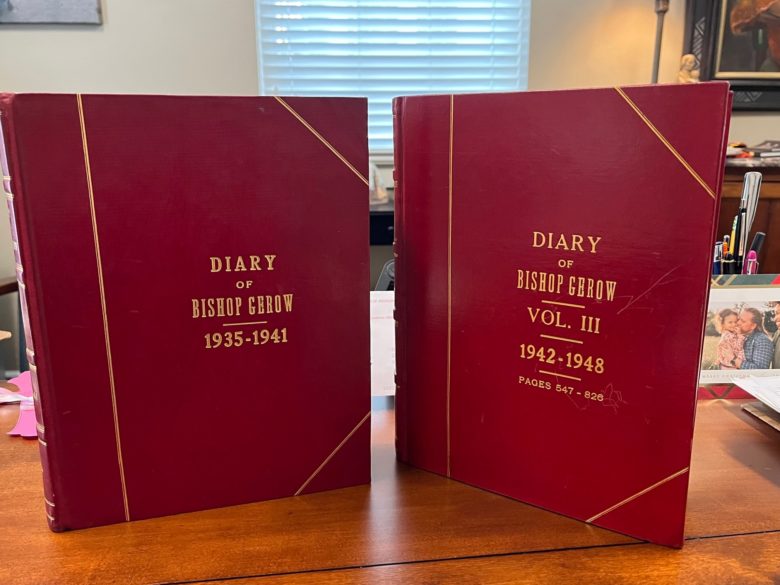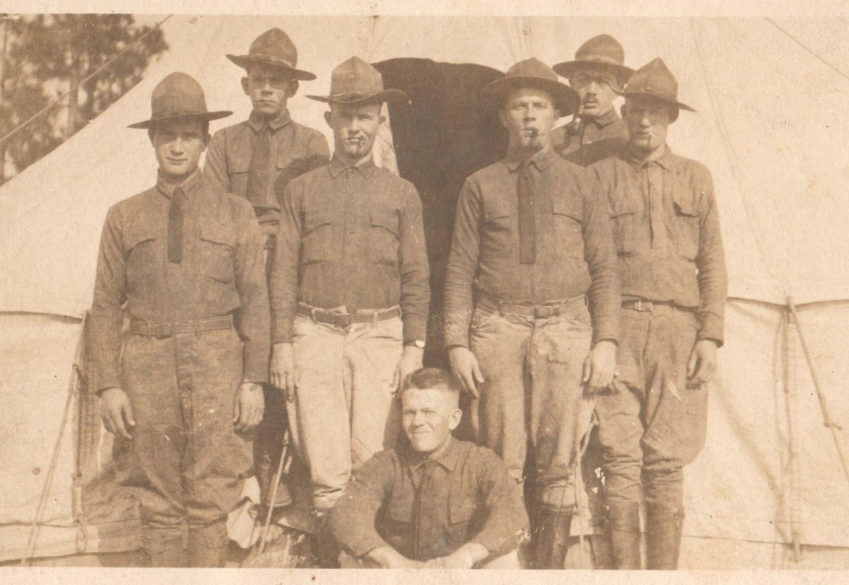By Bishop Joseph R. Kopacz, D.D.
The feast of the Annunciation, March 25 which celebrates the moment in which Mary accedes in all wonder and mystery to be the mother of God’s beloved Son, takes on added significance this year in response to Pope Francis’ call to the church to consecrate Russia and the Ukraine to the Immaculate Heart of Mary.
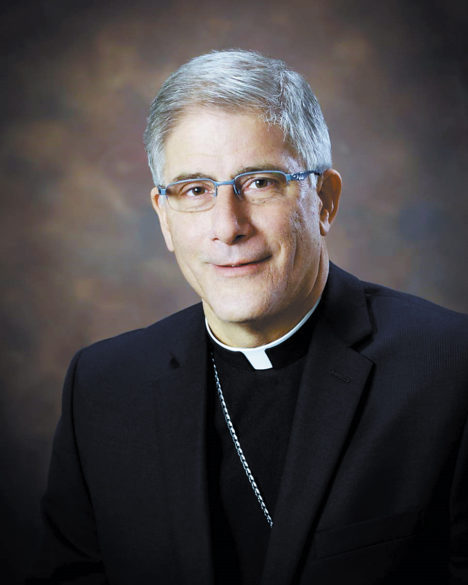
For nearly a month now, there is a desperate plea and prayer for peace for the people of the Ukraine. Our prayer is not limited to this conflict but reaches out to all war-torn nations in our world. However, the inspiration to consecrate a nation, in particular, Russia, afflicted by communism, to the Blessed Mother’s Immaculate Heart originated with Our Lady of Fátima, based on her apparitions reported in 1917 by three shepherd children at the Cova da Iria, in Fátima, Portugal.
The three children were Lucía dos Santos and her cousins Francisco and Jacinta Marto. The apparitions occurred between May 13, 1917 and Sept. 13, 1917. The consecration of Russia to the Immaculate Heart of Mary was first requested on July 13, 1917 as World War I raged and the menace of communism was advancing.
Pope Francis’ decision to consecrate Russia and the Ukraine to the Immaculate Heart of Mary on the Solemnity of the Annunciation comes at another crucial time for the church and the world. The Ukraine’s Latin Rite Bishops made the appeal to Pope Francis after Russia launched its invasion on Feb. 24, one month ago.
This is not the first time that the Vicar of Christ, the Bishop of Rome, has consecrated nations and peoples to the Immaculate Heart of Mary. In the aftermath of the assassination attempt on his life in 1981, St. Pope John Paul II immediately thought of consecrating the world to the Immaculate Heart of Mary and he himself composed a prayer for what he called an “Act of Entrustment,” which was to be celebrated in the Basilica of Saint Mary Major on June 7, 1981, the Solemnity of Pentecost. The following is the part which refers specifically to the Act of Entrustment:
“Mother of all individuals and peoples, you know all their sufferings and hopes. In your motherly heart you feel all the struggles between good and evil, between light and darkness, that convulse the world: accept the plea which we make in the Holy Spirit directly to your heart and embrace with the love of the Mother and Handmaid of the Lord those who most await this embrace, and also those whose act of entrustment you too await in a particular way. Take under your motherly protection the whole human family, which with affectionate love we entrust to you, O Mother. May there dawn for everyone the time of peace and freedom, the time of truth, of justice and of hope.”
In order to respond more fully to the requests of Our Lady, the Holy Father desired to make more explicit during the Holy Year of the Redemption the Act of Entrustment of May 7, 1981, which had been repeated in Fatima on May 13, 1982.
On March 25, 1984 in St. Peter’s Square, while recalling the fiat uttered by Mary at the Annunciation, the Holy Father, in spiritual union with the Bishops of the world, who had been convoked beforehand, entrusted all men and women and all peoples to the Immaculate Heart of Mary, in terms which recalled the heartfelt words spoken in 1981.
In a 1989 handwritten letter, Sister Lucia said that Pope John Paul’s consecration of the whole world to the Immaculate Heart of Mary was “accepted in heaven.” The Vatican’s Congregation for the Doctrine of the Faith said the consecration had been completed to Sister Lucía’s satisfaction. “The decision of His Holiness Pope John Paul II to make public the third part of the secret of Fatima brings to an end a period of history marked by tragic human lust for power and evil, yet pervaded by the merciful love of God and the watchful care of the Mother of Jesus and of the church.” (The Message of Fatima, 2000)
On Friday, March 25 there will be prayers of consecration rising up to heaven from all over the world. Our diocese will be in solidarity with the universal church with a special holy hour of consecration at 11 a.m. at the Cathedral of St. Peter the Apostle in Jackson, followed by Mass for the Solemnity of the Annunciation. Likewise, there will be prayer throughout the diocese.
Cardinal Ratzinger as head of the Congregation on the Doctrine of the Faith wrote in the 2000 document, “The Message of Fatima” that “we believe that the action of God, the Lord of history, and the co-responsibility of men and women in the drama of God’s creative freedom, are the two pillars upon which human history is built. Our Lady, who appeared at Fatima, recalls these forgotten values. She reminds us that humanity’s future is in God, and that we are active and responsible partners in creating that future.”
The following is an excerpt from the prayers that will rise like incense on the Solemnity of the Annunciation.
“Most Holy Virgin Mary, tender Mother of men and women, to fulfill the desires of the Sacred Heart of Jesus and the request of the Vicar of Your Son on earth, we consecrate Russia and the Ukraine to your Sorrowful and Immaculate Heart, O Queen of the Most Holy Rosary, and we recommend to You, all the people of our country and all the world. Please accept our consecration, dearest Mother, and use us as You wish to accomplish Your designs in the world.”


